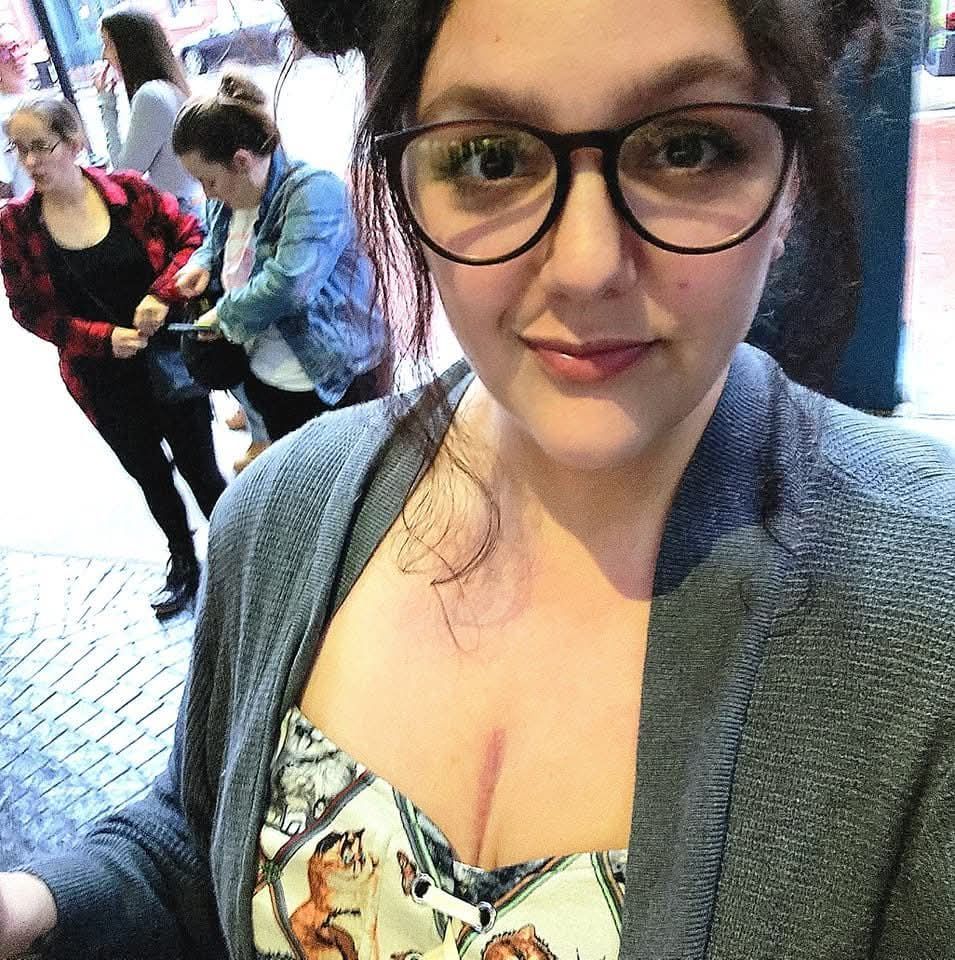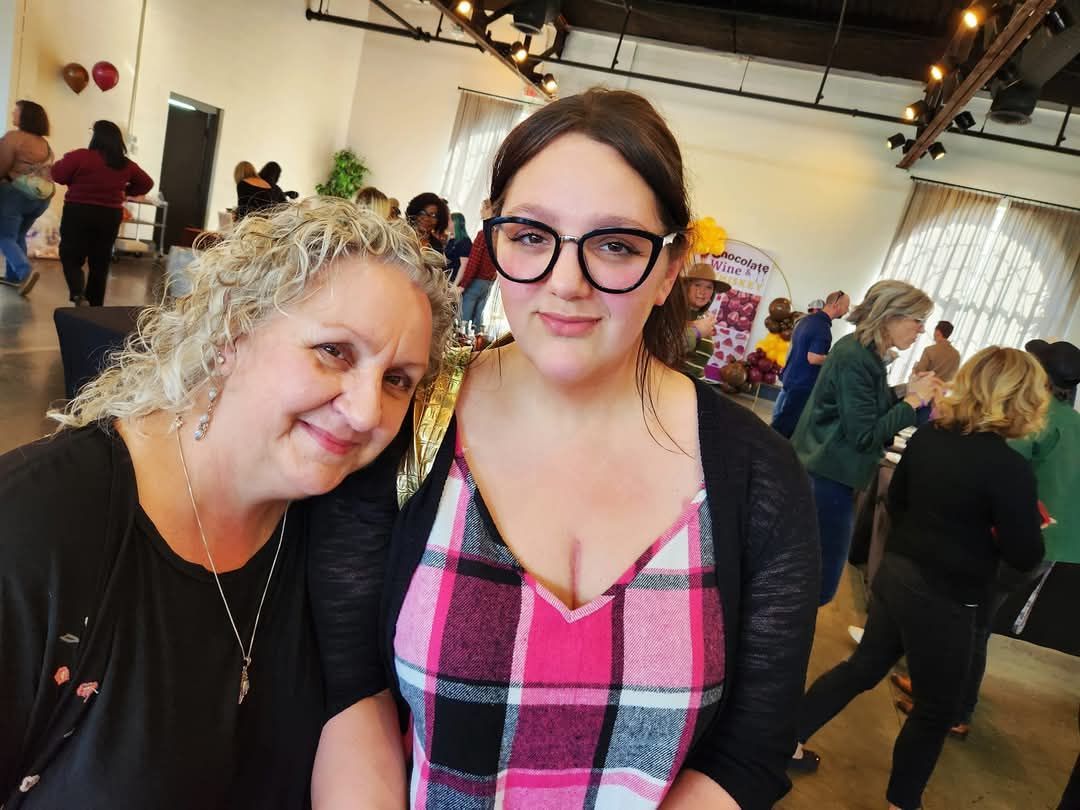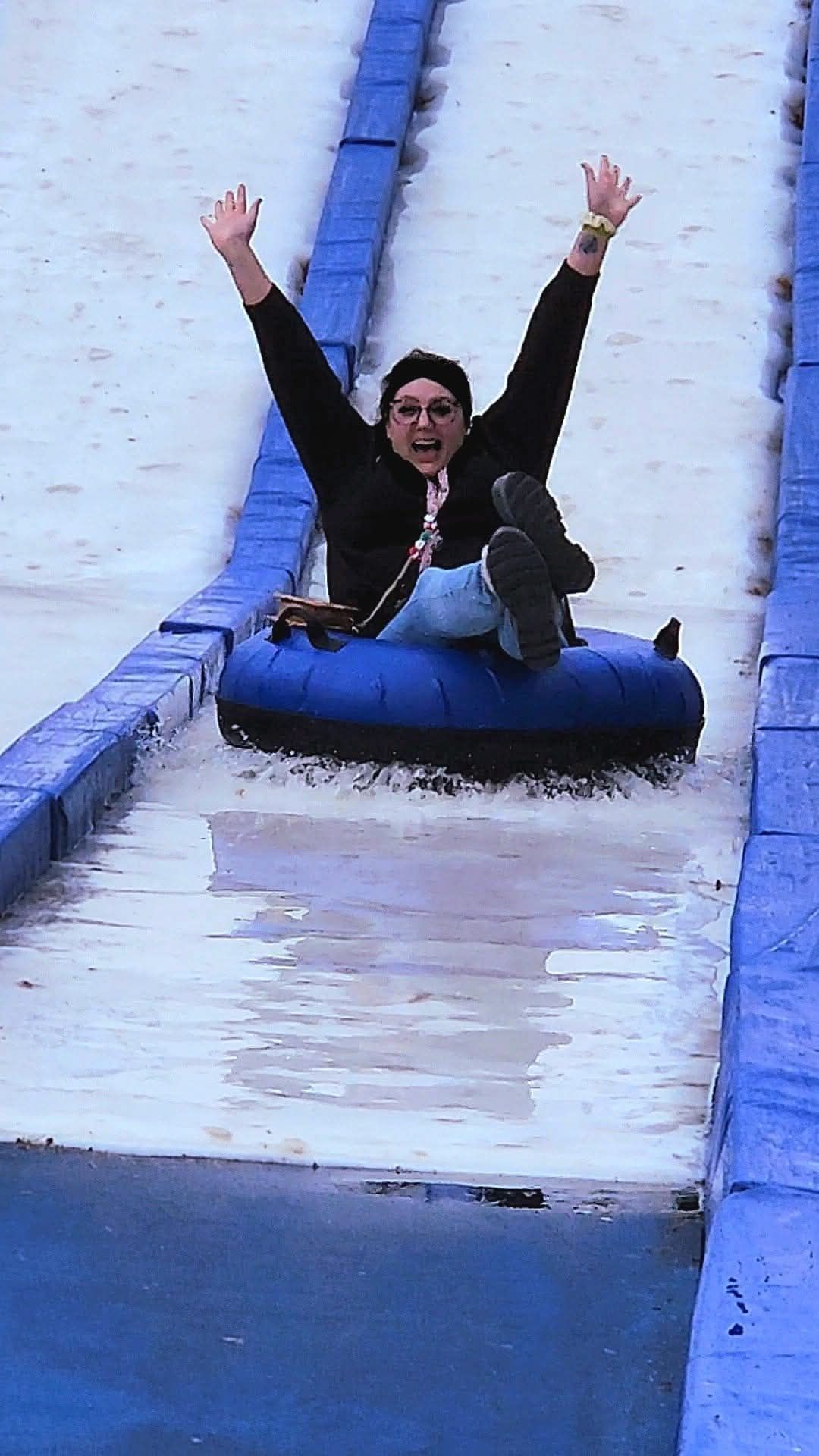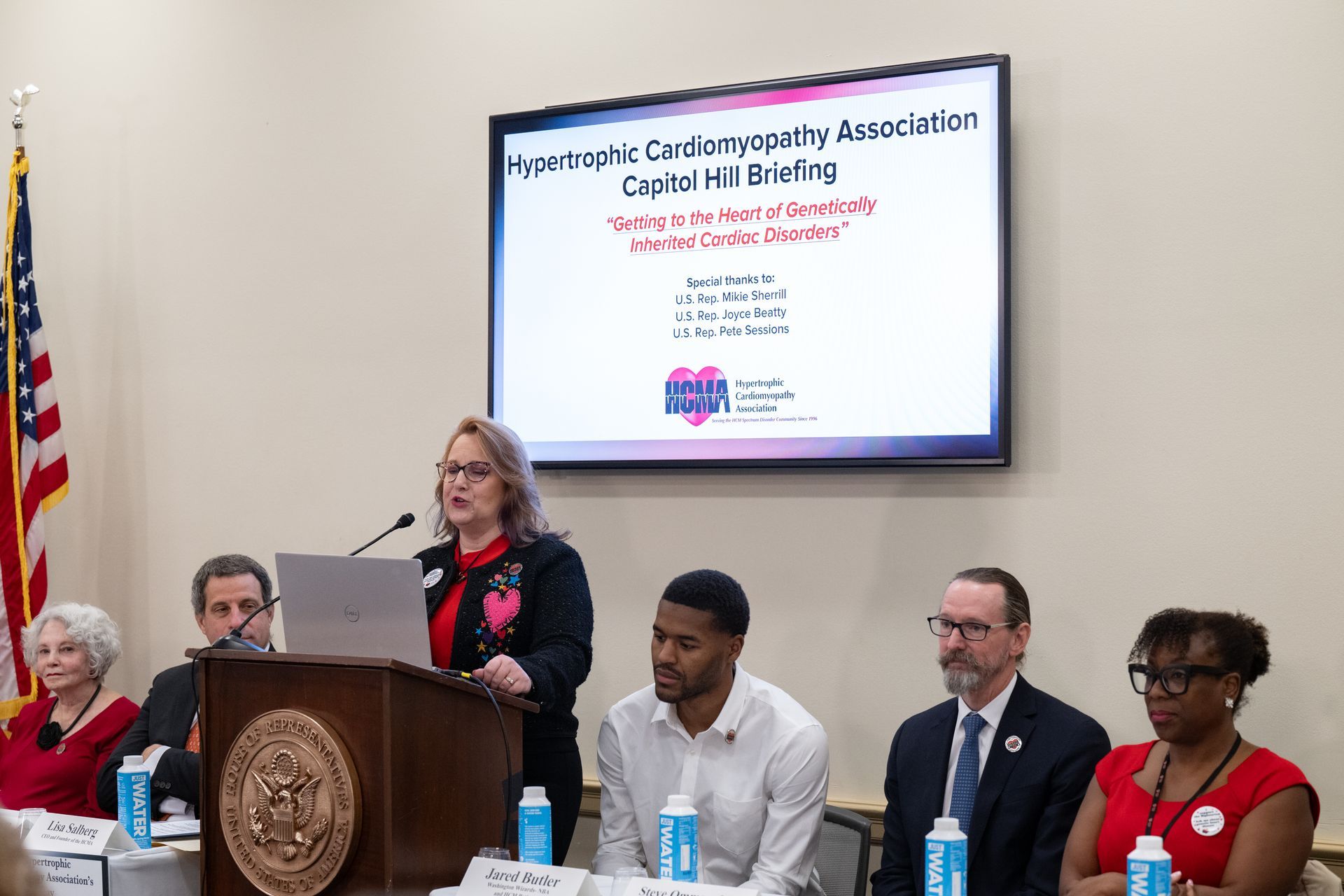Faces of HCM
Leigh Maupin
"My hope is that through awareness, future generations will have easier access to the treatments they need. I hope pediatricians will know the signs of HCM and monitor children with or without a family history of HCM."



My journey with Hypertrophic Cardiomyopathy (HCM) began when I was just 7 years old. I vividly remember feeling a “funny feeling” during a bath and telling my mom. At the time, there was no way to explain it, and in 1990, doctors chalked it up to anxiety. With no history of heart disease in my family, it seemed reasonable to let it go. But as I grew older, those “funny feelings” didn’t go away—they got worse.
At 19, while pregnant, I visited a cardiologist who discovered my heart was enlarged. “Pregnancy can cause that,” I was told, and they monitored my condition. But as my pregnancy progressed, labor became difficult, and it was only then that I was told I had heart disease, though no specific diagnosis was offered. I was left in the dark, uncertain of what I should do next.
It wasn’t until I turned 30 that I received the diagnosis: Hypertrophic Obstructive Cardiomyopathy (HOCM). Unfortunately, at the time, many doctors—even cardiologists—were unfamiliar with the condition, and I spent six years battling fear, frustration, and anger. I feared for my health, regretted not seeking treatment sooner, and struggled with an invisible illness that even my loved ones and some doctors had difficulty understanding.
Then at 36, everything changed. After starting a new job, I underwent a routine procedure that led to an echo revealing that my HOCM had rapidly worsened, and surgery was now necessary. I received a phone call at 10 PM urging me to see a surgeon the next day. But as it was 2020, and hospitals were overwhelmed with COVID-19 patients, I was told to wait. The fear of waiting turned into terror, and I found myself diving into research about my condition.
During this period of uncertainty, I connected with the Hypertrophic Cardiomyopathy Association (HCMA) and found a new source of support. I had just started working at Shady Rays in late 2019, and at the time, I was dealing with the terrifying prospect of open-heart surgery—a myectomy. When I told my CEO, I feared losing my job. But instead, he reassured me that I could take as much time as needed. That support gave me the confidence to face my surgery.
Days before my myectomy, I found HCMA’s Facebook page. While I had wished I’d discovered it earlier, the support I received from people who had gone through what I was facing helped me walk into that hospital with a sense of calm. I knew I wasn’t alone.
Fast forward to today, and I’m 41, still with Shady Rays, and still actively supporting the Hypertrophic Cardiomyopathy Association. Throughout my journey, I’ve been supported by my family, my HCM community, and Shady Rays, which has been instrumental in my recovery. They’ve supported my health journey from my myectomy to my check-ups, even sending me a cookie bouquet with a hilarious card just after my surgery. It’s small gestures like these that remind me I’m not in this alone.
My myectomy was a success, and while I still face challenges, I now live without the obstruction that once threatened my life. I’m no longer seen as “defective” because of my condition, and for that, I’m incredibly grateful. However, the fear still lingers—not for myself, but for my family. I worry about passing on this condition to my children and future generations. I fear for children who are misdiagnosed with anxiety because of a lack of awareness. And I fear for those who don’t have the voice or education to advocate for their health.
While awareness of HCM has come a long way in the past 11 years, there is still much work to be done. The medical advances in that time have been incredible, and HCMA has played a huge role in raising that awareness. I want to continue supporting that progress.
That’s why I’m introducing Shady Rays to the Hypertrophic Cardiomyopathy Association. I believe they share a commitment to doing good in the world, and together, we can help continue the growth of awareness and support for those with HCM. HCMA offers hope, and in my journey, hope has been a shining light through the darkest times.
My hope is that through awareness, future generations will have easier access to the treatments they need. I hope that pediatricians will know the signs of HCM and monitor children with or without a family history of HCM. And above all, I hope that anyone who needs support knows that there are people—both in the HCM community and at organizations like Shady Rays—who are ready and willing to help. After all, the brightest hope comes from the heart.

 Translate
Translate